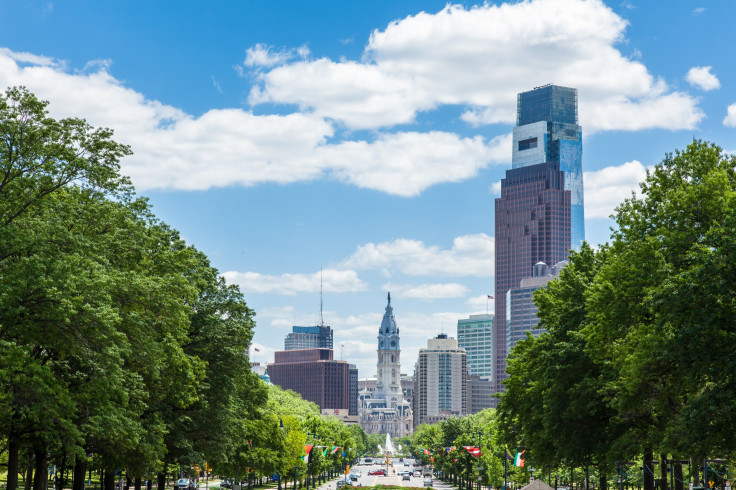Green Space Will Lower Stress For City Dwellers, Reduce Heart Risks

For so many people, it’s hard to deal with the concrete jungle that is New York City, Philadelphia, Chicago, and so many other large cities throughout the United States. The streets are gritty, pothole-laden, and trash-riddled. There really isn’t anything about them that evokes happiness. Knowing this, many city governments have implemented green space programs to beautify city streets, among other functions like absorbing stormwater, and a new study finds they’re having a positive impact on people’s heart health.
“Our goal was to scientifically explore the connection between city environments and stress,” said lead study author Eugenia South, a physician in the Department of Emergency Medicine at Penn State University, in a press release. Research has shown that people who live in cities tend to be more stressed, and some have even found it can lead to actual changes in the brain, putting city dwellers at risk of mental health disorders. As a result, this stress may lead to heart problems. South and her team found, however, that implementing green spaces could alleviate some of these issues.
The team found that participants living in Philadelphia were less likely to experience a rise in their heart rates when they walked through their neighborhood post-beautification. Overall, simply being near or seeing vacant lots that had been cleaned of garbage and debris, and turned into grassy areas with trees and low wooden post-and-rail fences, led to a net heartbeat drop of about 15 beats per minute (bpm).
The study was conducted on two groups of people, both of which were given heart rate monitors with GPS trackers. Each group was asked to walk around their neighborhood about three months before one neighborhood became beautified — the other served as a control. Three months after beautification, they walked around their neighborhoods again, and the researchers found these green sights most likely contributed to a drop in heart rate. In a separate analysis, they found each person averaged a drop of about 5 bpm.
While the researchers said this drop in heart rate could have happened because the residents no longer felt endangered by possible illegal activities occurring in these lots, it’s likely they were simply calmed by the greenery. So many studies have shown being around nature can boost optimism and self-control. In fact, one study from 2013 found a walk in the park can reduce depression scores by 71 percent.
“This research on greening urban lots provides an important scientific impetus for urban planners and city officials to take relatively low-cost steps toward improving health for their residents,” senior author Dr. Charles Branas said in the release. “Future trials that dynamically measure additional biological information, such as cortisol levels (another marker of stress) and blood pressure, are now warranted to further advance our understanding of the relationship between stress and blighted urban environments.”
Source: South E, Kondo M, Cheney R, et al. Neighborhood Blight, Stress, and Health: A Walking Trial of Urban Greening and Ambulatory Heart Rate. American Journal of Public Health. 2015.



























